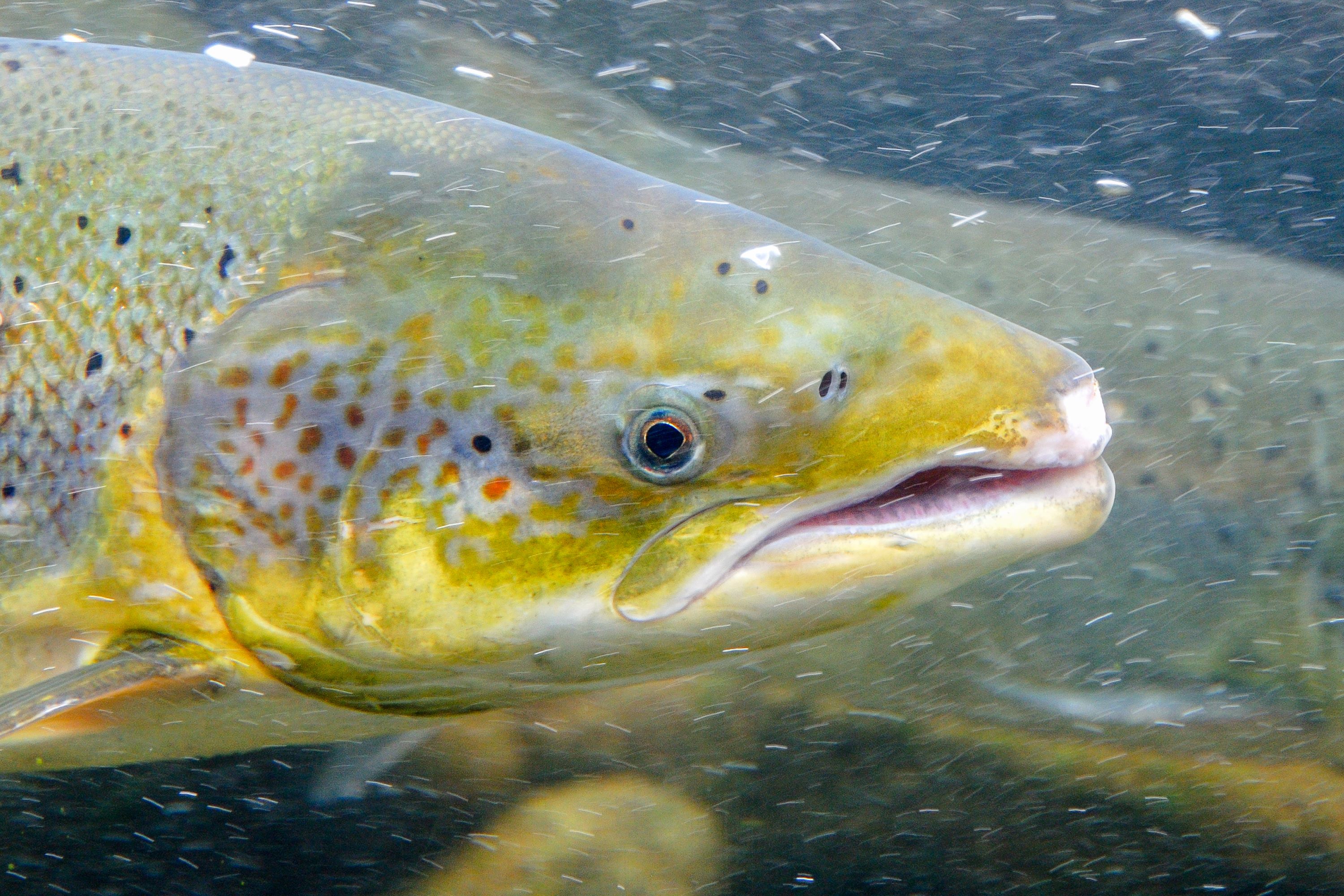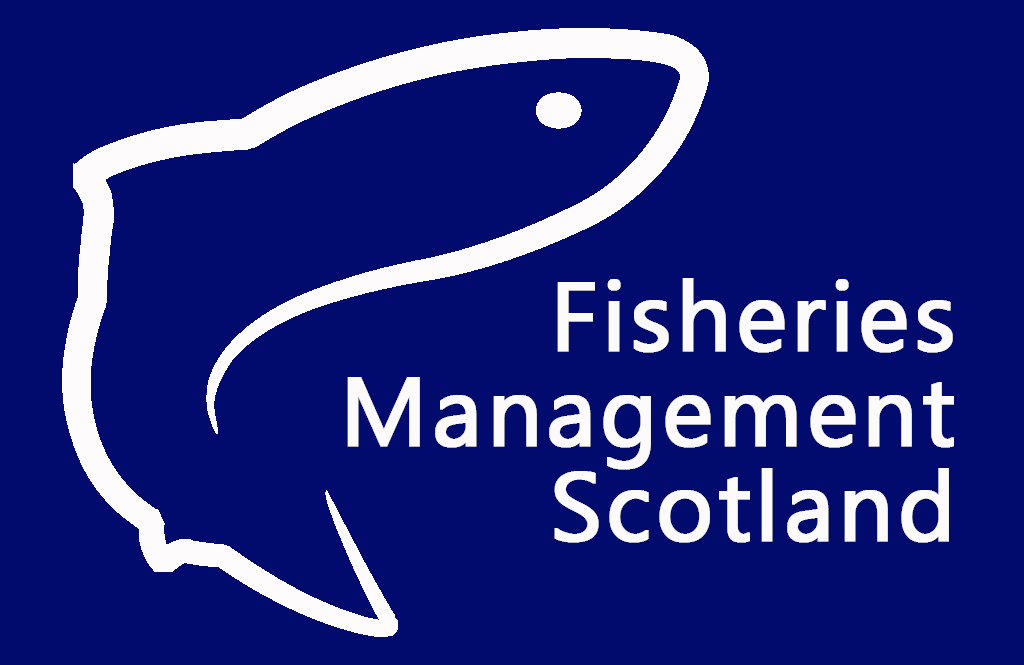Since Scotland began recording catch-and-release rates in 1994, the percentage of rod-caught wild Atlantic salmon returned to the water has risen significantly, now exceeding 95%, making Scottish anglers global leaders in responsible fishing practices.
Numerous angling and radio-tracking studies have demonstrated high survival rates and successful spawning for salmon released after capture – up to 100% under certain conditions. However, a salmon’s chances of survival decrease if it’s played for too long, kept out of water, or mishandled.
Wild fish face unprecedented threats from climate change, pollution, and habitat disruption, with populations declining steadily over the past three decades. In December 2023 Atlantic salmon were reclassified by the IUCN Red List of Threatened Species, from ‘Least Concern’ to ‘Endangered’ in Great Britain (as a result of a 30-50% decline in British populations since 2006 and 50-80% projected between 2010-2025). Please help us play a part in their protection and restoration.
Keep It Cool
Salmon struggle in warmer water; fish on cooler days or early mornings to reduce stress.
Keep Hands Off
Wherever possible, avoid handling fish directly to prevent infection. With the right tools, in most cases it’s easy to unhook without touching the fish.
Keep It Under
Fish have a better chance of survival when they stay submerged throughout the release.
Keep It Clean
Always check, clean, and dry your gear to prevent spreading disease, parasites, and invasive species.
The simplest means for anglers and ghillies to make a positive and significant contribution to increasing fish populations is through practicing responsible catch and release.
Due to conservation concerns for early running Atlantic salmon, catch and release is now mandatory across Scotland until 31 March, and in all rivers designated by Scottish Ministers as grade three based on the conservation status of their stocks. As well as these statutory measures, on rivers where fish may still be taken, many fishery owners require that fish be returned for conservation reasons.

In light of new evidence, Fisheries Management Scotland, as a delivery partner of the Wild Salmon Strategy, led the development of updated catch-and-release best practice guidance with the support of a number of partners addressing key stress factors such as fish handling, water temperature, air exposure, biosecurity risks, and fish weighing and photography practices. The guide’s primary purpose is to provide practical advice and guidance to anglers to maximise the survival of salmon while practicing catch and release.


